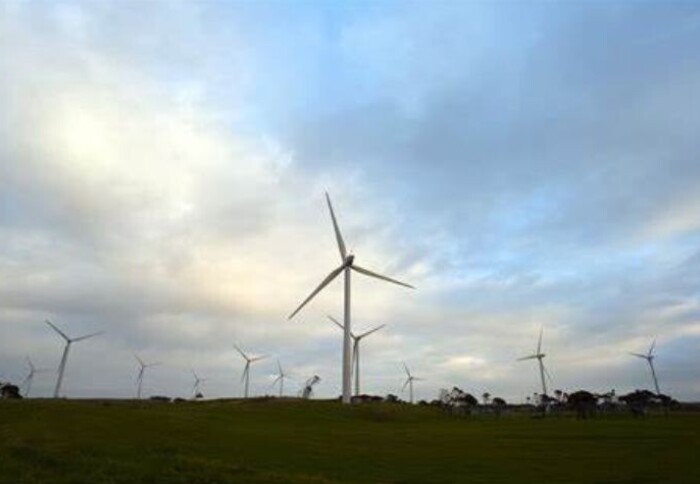Africa's electricity demand calls for a new power system

New research uses a model to zone in on optimal locations for solar and wind power, a shift from previous methodologies.
Department of Chemical Engineering researchers in collaboration with University College London (UCL) and World Resources Institute (WRI) have uncovered a new method of optimising sustainable power systems capable of providing low-cost energy.
Modelled on Kenya, Africa, research published in the Cell Reports Sustainability, led by Ariane Millot (Department of Chemical Engineering, Imperial), Pietro Lubello (UCL) and Sebastian Sterl (WRI) presented a methodology to identify the most ideal locations for solar and wind power plants, taking into consideration the trade-off between exploiting the best resources and the costs of expanding the electrical grid to reach them.
This method, based on open-source data, can be made readily available across Africa, where solar and wind resources coupled with batteries could constitute the backbone of a diversified power system.
Current power systems
For many African countries, energy models are pointing towards variable renewable energy (VRE), mainly solar photovoltaics (PV) and wind power, as a potential backbone of future power systems.
Yet, such models have not typically been able to explicitly include, from the outset, geospatial aspects around future VRE power plant citing in the cost-optimisation.
Current questions would typically include: should one build far from the grid in search of excellent resources, or rather stay close to existing infrastructure to keep costs low?
Ariane Millot, lead author, states: "the model represents an OSeMOSYS-FlexTool workflow for capacity expansion and dispatch optimisation planning for African countries that explicitly includes the geospatial dimension of VRE buildout."
Impact
This highly replicable approach has important implications for power system planning, especially in African countries where grids will be VRE-heavy in the future. This would include low-cost, more easily accessible and available energy to meet growing demand.
Adam Hawkes, Professor of Energy Systems, Imperial, states: "Moving from planning to practical implementation of low carbon growth, we need more granular data on the best locations for renewables development. This paper moves us in that direction."
Biography
Ariane Millot is a researcher with the Department of Chemical Engineering. Her research focus are energy system analysis, sustainable development and energy transition and she is currently also working for the Climate Compatible Growth Programme.
Article text (excluding photos or graphics) © Imperial College London.
Photos and graphics subject to third party copyright used with permission or © Imperial College London.
Reporter
Navta Hussain
Department of Chemical Engineering